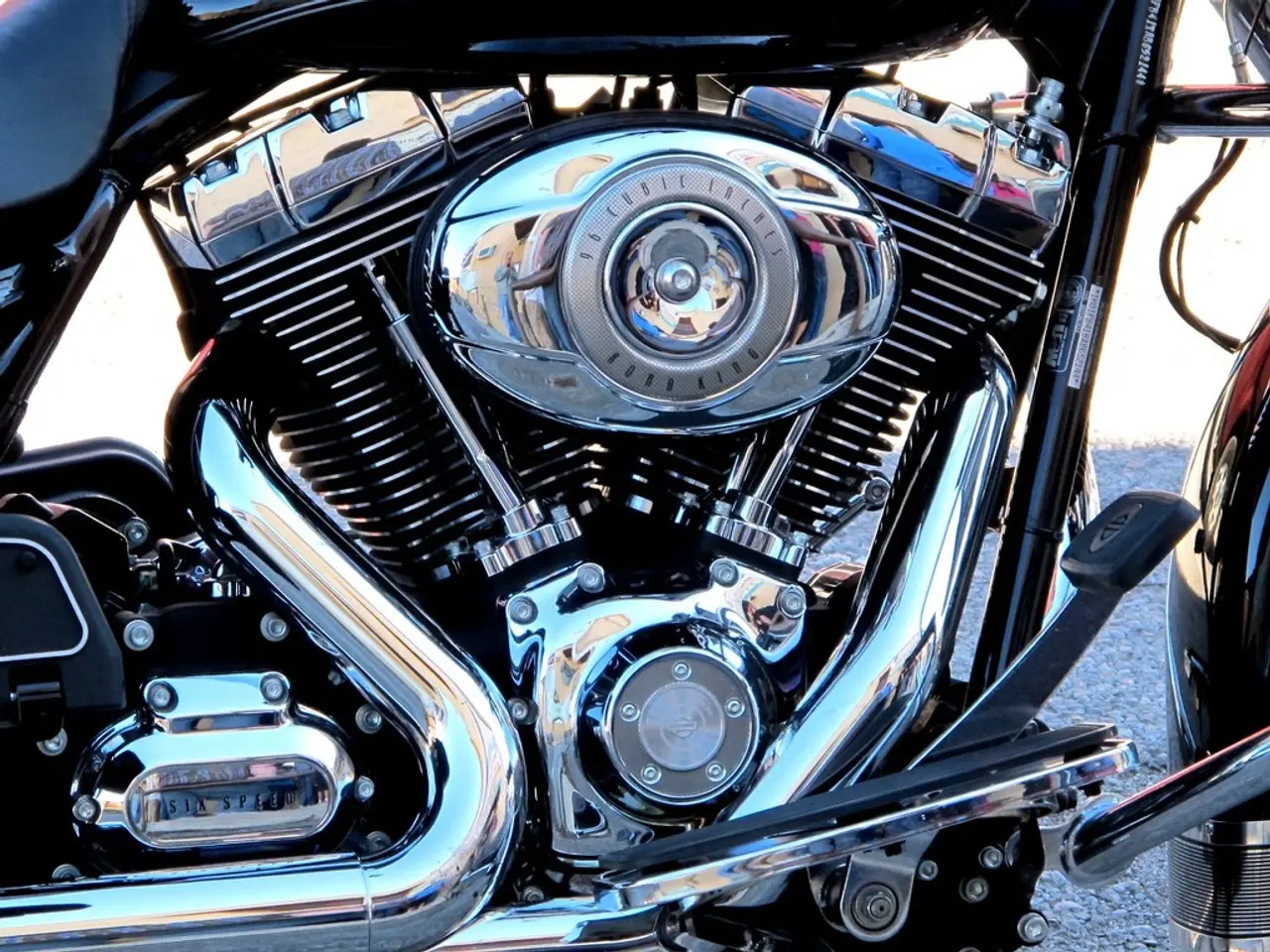Transforming Mechanical Power into Electrical Energy via Electrical Generator
In the realm of electricity generation, one of the fundamental devices is the DC generator. This article aims to shed light on the key components that make a DC generator function, providing a clear and straightforward understanding for our readers.
At the heart of a DC generator lies the stator and the rotor. The stator, the stationary part of the generator, houses the field poles, which are instrumental in bolstering the magnetic field within the generator. Conversely, the rotor, the rotating part, is where the rotor windings generate electrical current.
The field poles, often referred to as the 'invisible puppeteers', control the magnetic dance between the stator and rotor. They create the magnetic field within the stator core, a force that compels the electrons in the rotor windings to move. This magnetic interaction is the driving force behind the generation of electrical current in a DC generator.
The rotor, functioning as the magnetic field source, can be either a permanent magnet or an electromagnet, whose pole arrangement creates a changing magnetic flux. The armature coil, fixed and stationary, serves as the site where the alternating voltage is induced.
As the rotor turns, the magnetic flux linkage with the armature coil varies continuously, generating an alternating voltage and current output. The armature, made of copper or another conductive material, rotates within the generator and conducts the electrical current generated by the magnetic dance between the stator and rotor. Effectively, the armature serves as a superhighway for electrons, carrying the electrical current generated by the DC generator.
The armature carries the generated electrical current out of the DC generator, providing the electrical energy that can be harnessed for various purposes. It's essential to note that no additional electronic components, like motor contactors or inverters, are part of the fundamental DC generator mechanism itself, though they might be used in broader electrical systems connected to the generator.
In summary, the mechanical rotation of the rotor in the magnetic field created by the stator induces an electromotive force (emf) in the armature coil, resulting in AC electrical output. This process effectively converts the input mechanical energy into electrical energy, making the DC generator an indispensable device in our quest for sustainable and reliable power sources.
The stator and rotor are the primary components in a DC generator, with the stator housing field poles that create a magnetic field, and the rotor, being the rotating part, generating electrical current through rotor windings.
The magnetic flux linkage between the rotor and the armature coil, which induces an alternating voltage and current output, is a critical aspect in the function of a DC generator.




